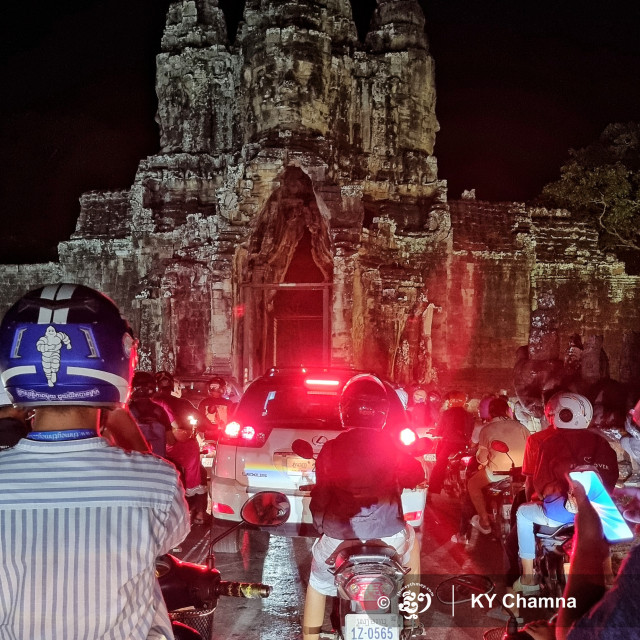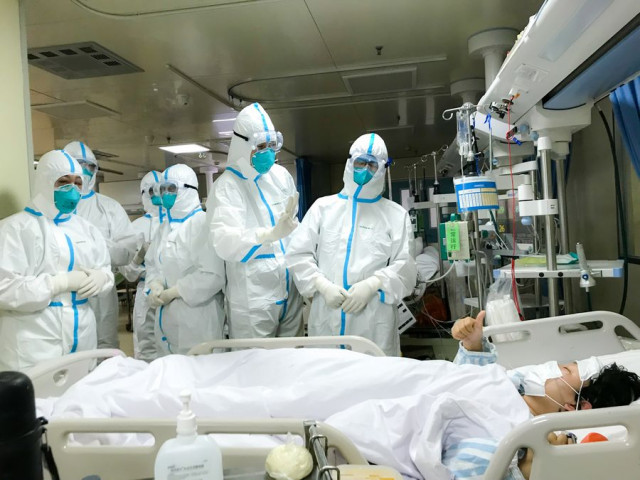Angkor Park Air Pollution Raises Concern

- By Isa Rohany
- July 14, 2023 8:00 PM
SIEM REAP - Air pollution in the Angkor Archaeological Park has been increasing due to the growing number of vehicles in the area.
Although still at a level far from alarming, authorities are taking this into consideration as it might affect the longevity of the temples and other ruins as well as the natural landscape around them.
With close cooperation of international institutions, Yith Chandarath, deputy director of APSARA, says the authority has installed atmospheric measuring devices in front of Angkor Wat temple and the result has shown an increase in pollution.
Although many other factors contribute to this issue, the main culprit is increasing vehicle numbers.
“Based on the result in which we have observed, the pollution level in Siem Reap has increased. However, the rate does not pose a serious risk yet,” Chandarath said.
Carbon Dioxide gas or CO2, is an engine combustion product. It contributes to the formation of acid rain which can damage temple stones if exposed long enough.
Over the years, the authority has managed to divert vehicle traffic away from structures such Angkor Wat and the Terrace of the Elephants.
“It is not just about the CO2, but the vehicles can also vibrate the temple stones,” Chandarath said.
Among other solutions, the authority has been working on increasing the area of green cover and re-establishing the ancient irrigation system. About two million trees have been planted inside the Angkor Park in recent years.
Archaeologist Phoeung Dara also expressed concern about the changing climate.
“Climate change can also affect the abstract practices conducted by the people at Angkor,” he said. “During heavy rain, people cannot easily enter the temple and practise religious activities.”
He added that the irregular cycle of weather can impede the normal growth of plants which are important for traditional medicines, local materials and food.
“The rain-seeking ceremony at Neak Poan temple could one day disappear if the rain pattern is not regular since people will have a harder time predicting the weather,” Dara said.
“However, if the rain is too strong, there is also no reason for people to seek rain religiously.”
This archaeologist also points out the possibility of losing Khmer traditional wooden houses as concrete houses are more able to withstand stronger weather events.
Written in Khmer for ThmeyThmey News, the article was translated by Ky Chamna for Cambodianess News.















